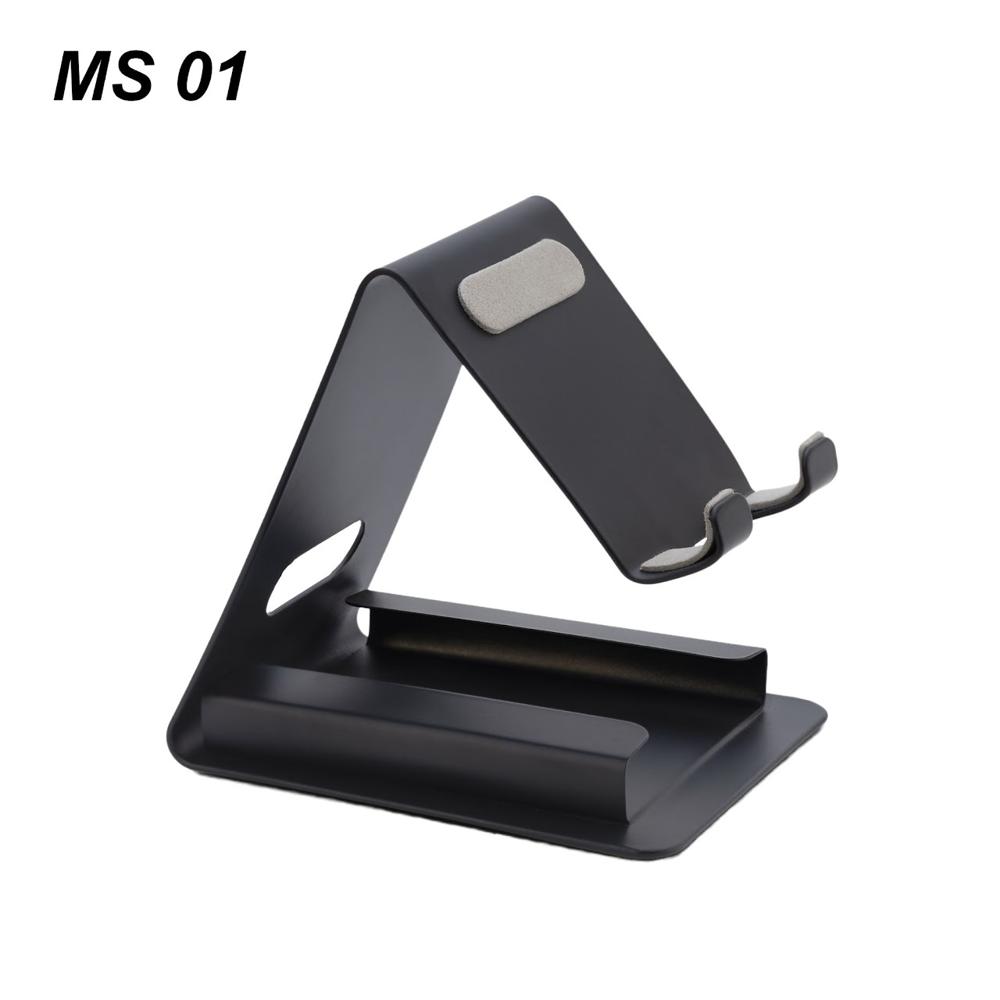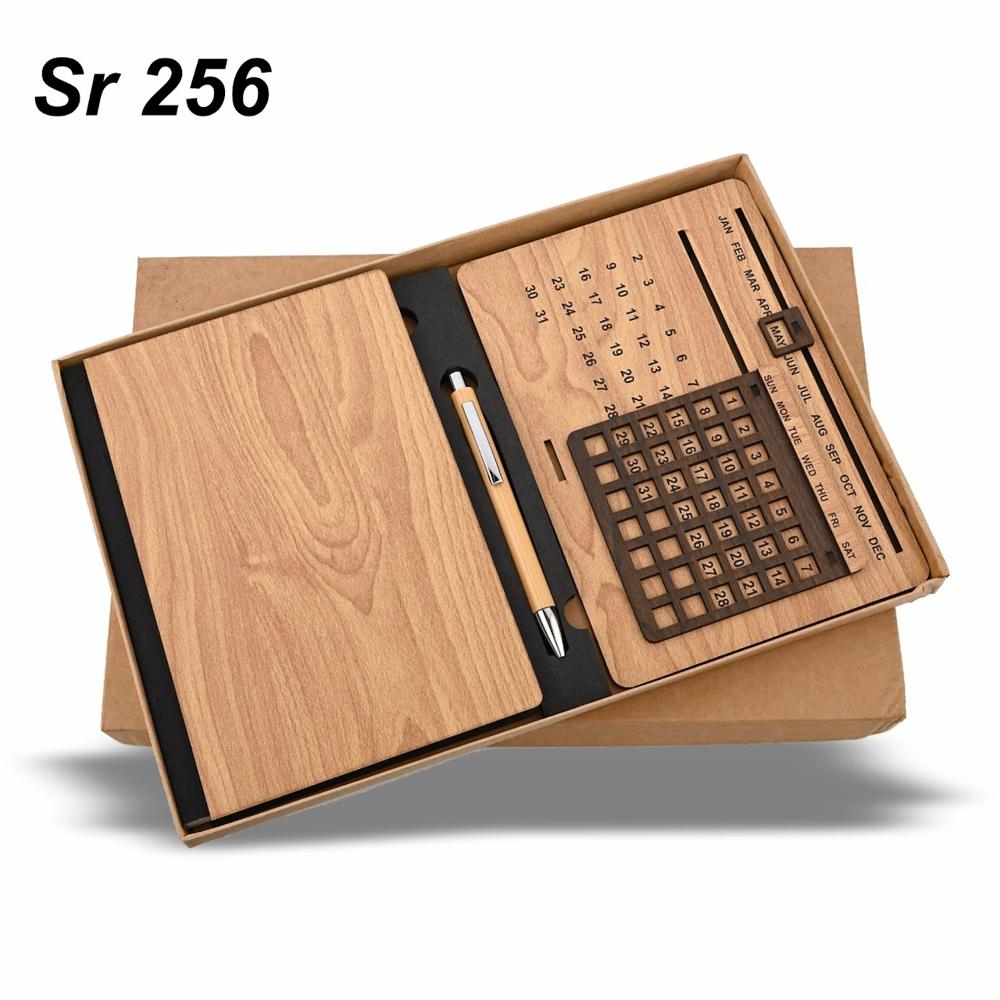Wooden Ball Pen With Metal Clip
Wooden Ball Pen With Metal Clip Specification
- Product Type
- Wooden Ball Pen With Metal Clip
- Color
- Wooden
- Weight
- 20 GSM (gm/2)
- Logo
- CUSTOMIZATION
- Use
- CORPORATE GIFT & PROMOTIONAL GIFT
- Material
- WOODEN
- Usage & Applications
- CORPORATE GIFT & PROMOTIONAL GIFT
Wooden Ball Pen With Metal Clip Trade Information
- Minimum Order Quantity
- 100 Pieces
- FOB Port
- INDIA
- Payment Terms
- Cash Advance (CA), Cash in Advance (CID), Cheque
- Supply Ability
- 5000 Pieces Per Week
- Delivery Time
- 6 Days
- Sample Available
- No
- Sample Policy
- Contact us for information regarding our sample policy
- Packaging Details
- STANDARD PACKAGING
- Main Domestic Market
- All India
About Wooden Ball Pen With Metal Clip
- Body (Wood):
- Types of Wood: The primary material for the barrel is wood, which can vary widely in species. Common choices include:
- Bamboo: Lightweight, sustainable, often with a light, natural grain.
- Maple: Pale, fine-grained, offering a smooth surface for engraving.
- Walnut: Darker, richer tones with pronounced, attractive grain patterns.
- Rosewood: Often reddish-brown, dense, and known for its beautiful, intricate grain.
- Cherry: A warm, reddish-brown that deepens in color over time.
- Other Exotic Woods: For a more unique or premium feel, pens might feature less common, highly figured wood types.
- Finish: The wood is typically polished, lacquered, or treated with a natural oil to enhance its beauty, protect it from wear, and provide a smooth tactile experience. The finish can be matte, satin, or glossy.
- Grain & Texture: Each wooden pen is unique due to the natural variations in wood grain, knots, and color. This gives it an individual character and a pleasant, natural feel in hand.
- Types of Wood: The primary material for the barrel is wood, which can vary widely in species. Common choices include:
- Clip (Metal):
- Materials: Most commonly made from stainless steel, brass, or other metal alloys.
- Finishes: Can include polished chrome, brushed steel, satin nickel, gunmetal, or even gold/rose gold plating. The finish often complements or contrasts with the wood.
- Functionality: Designed to securely attach the pen to a pocket, notebook, pen loop, or bag, preventing it from getting lost. It's usually sturdy and durable.
- Other Metal Accents:
- Tip/Cone: The part housing the ballpoint mechanism, typically made of metal (matching the clip's finish).
- Pusher/Click Mechanism: If it's a click-action pen, the top pusher will be metal.
- Band/Rings: Some designs incorporate decorative metal bands or rings around the barrel or near the grip section.
II. Writing Mechanism (Ballpoint Technology):
- Tip: Features a small, rotating ball (typically tungsten carbide or steel) that dispenses oil-based ink.
- Ink Type: Uses viscous, oil-based ink, known for its permanence, resistance to smudging (once dry), and ability to write on various surfaces.
- Action: Can be a click-action (retractable point) or a twist-action mechanism. Both are convenient, allowing the user to deploy and retract the nib with ease.
- Refillable: Almost all wooden ball pens are designed to be refillable, typically using standard "Parker-style" G2 refills, making them an economical and long-lasting choice.
III. Aesthetics and Ergonomics:
- Design: Often leans towards a classic, natural, or eco-friendly aesthetic. The beauty of the wood is usually the focal point, complemented by the clean lines of the metal.
- Feel in Hand: The wood provides a warm, comfortable, and often lighter feel than an all-metal pen. The natural texture of the wood can enhance grip.
- Comfort: Generally well-balanced and comfortable for everyday writing tasks.
IV. Common Features & Benefits:
- Natural Appeal: The unique grain and tactile feel of wood make each pen distinct and appealing to those who appreciate natural materials.
- Eco-Friendly (potentially): If made from sustainably sourced or reclaimed wood, it can be positioned as an environmentally conscious choice.
- Durability: While wood can show wear, the combination with a sturdy metal clip and internal components ensures a durable writing tool.
- Versatile: Suitable for a wide range of users and purposes, from daily note-taking to professional settings.
- Excellent for Gifting & Branding: The natural beauty of wood makes these pens popular as promotional items, corporate gifts, or personalized keepsakes, especially when laser engraved.
In summary, a wooden ball pen with a metal clip offers a harmonious blend of natural elegance and reliable functionality. It's a pen that stands out, providing a comfortable writing experience with a touch of timeless style.


Price:
- 50
- 100
- 200
- 250
- 500
- 1000+
More Products in Corporate Accessories Category
Metal Ball Pen
Price 25.0 INR / Piece
Minimum Order Quantity : 100 Pieces
Material : METAL
Color : Blue, Red, Grey, White
Product Type : METAL BALL PEN
Use : CORPORATE GIFT & PROMOTIONAL GIFT
SLING BAG NAUTICA
Price 420.0 INR / Piece
Minimum Order Quantity : 50 Pieces
Material : LEATHER
Color : AVAILABLE
Product Type : SLING BAG
Use : CORPORATE OFFICE & PROMOTIONAL GIFT
Mobile Stand with Visiting Card Tray
Price 65.0 INR / Piece
Minimum Order Quantity : 100 Pieces
Material : METAL
Color : BLACK
Product Type : Mobile Stand with Visiting Card Tray
Use : OFFICE & HOME
Wooden Diary, Pen & Lifetime Calendar
Price 370.0 INR / Set
Minimum Order Quantity : 100 Sets
Material : WOODEN
Color : WOODEN
Product Type : Wooden Diary, Pen & Lifetime Calendar
Use : CORPORATE OFFICE








 Send Inquiry
Send Inquiry Send SMS
Send SMS Call Me Free
Call Me Free